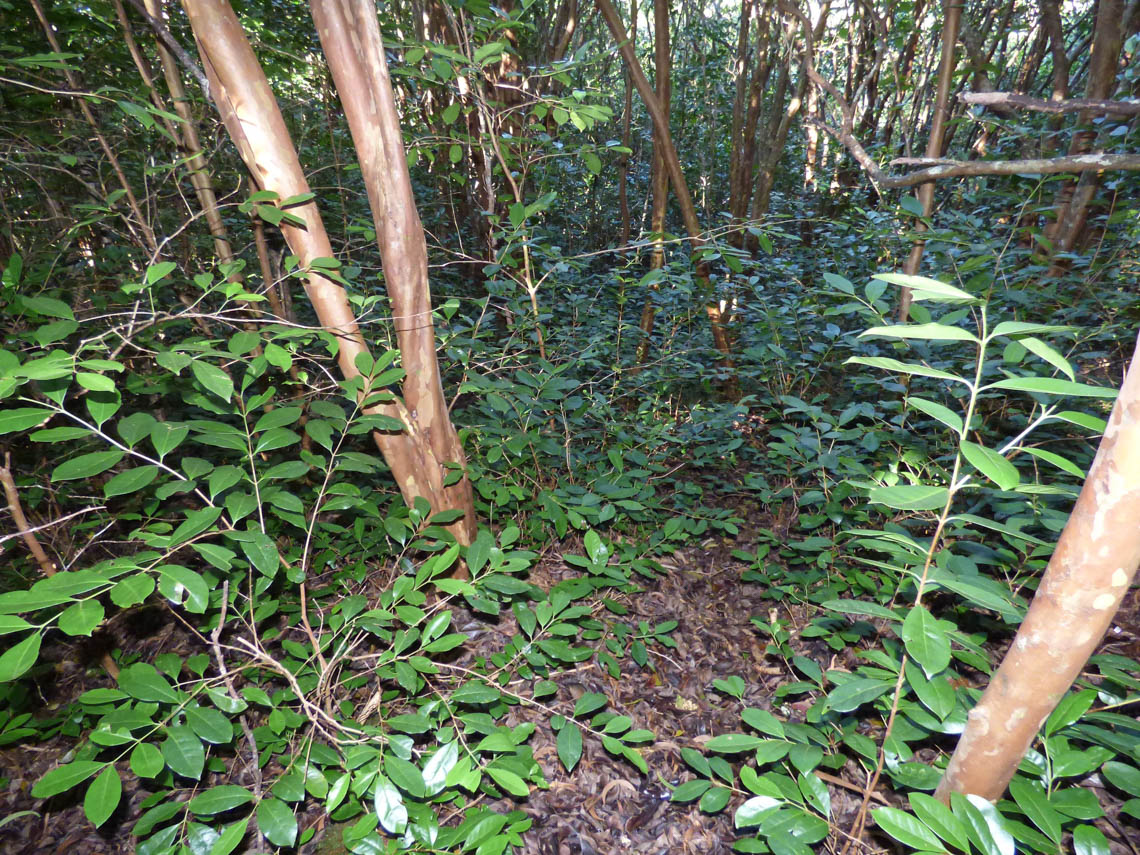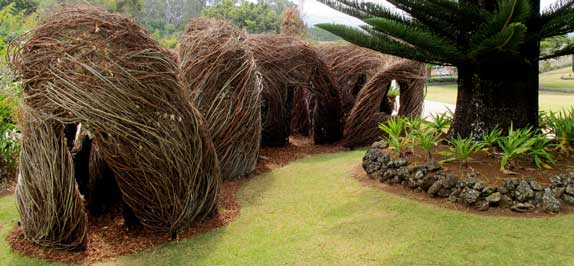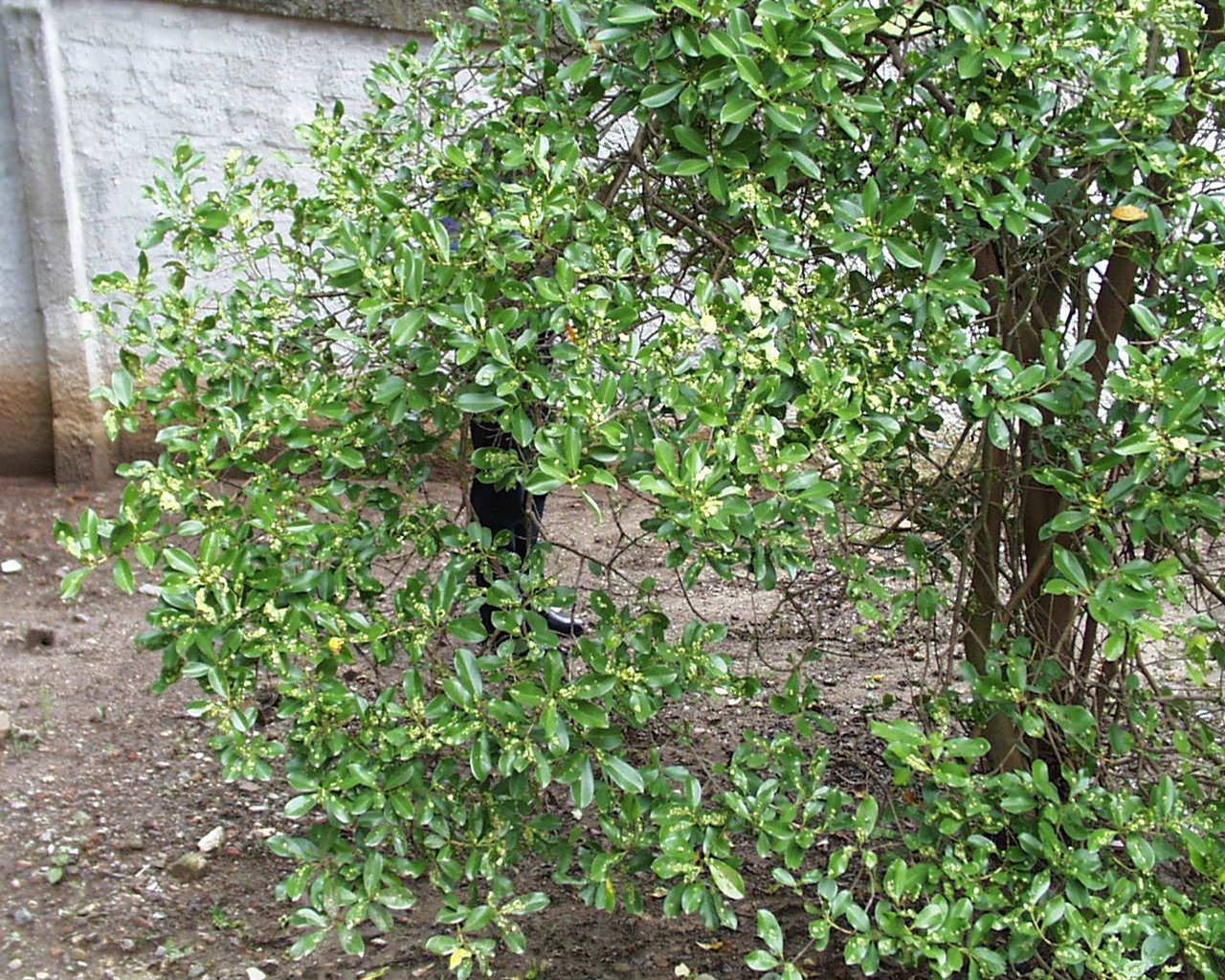Differences in both the physical structure and growth characteristics contribute to different rates of transpiration between native and invasive species. Tom Giambelluca is looking closely at those differences.
Strawberry guava
Invasive plants=Less water
When rain falls from the sky by the bucket-load it can be tempting to take water for granted, but the…
Read More
Positive spin on invasive species by artists, chefs
One day I was pulling a weed and I realized there was a little grain of hostility there toward this…
Read More
Biocontrol precision is weapon against invaders
Last month I began to present my point of view as a conservation scientist relevant to current “controversy” over biocontrol…
Read More
Strawberry guava sows seeds of infestation
When I came to Maui 28 years ago to work as a research biologist at Haleakala National Park, one of…
Read More




